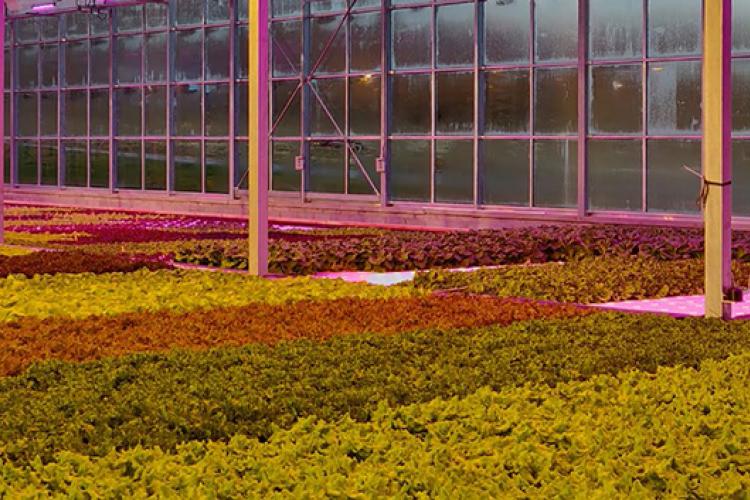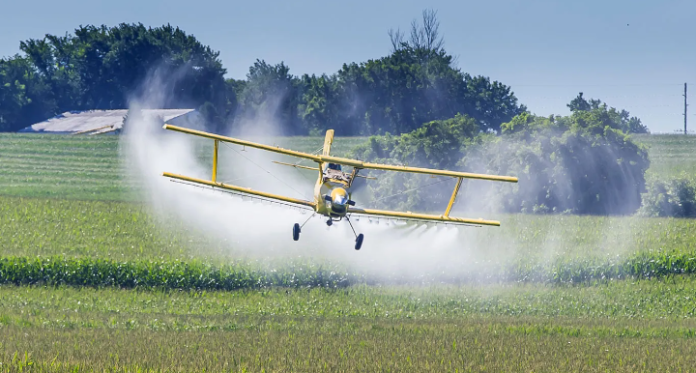Crop dusting is the process of spraying crops with pesticides or fertilizers from an aircraft. This method targets pests and diseases from above, ensuring rapid and extensive coverage.
In our modern agricultural landscape, crop dusting plays a pivotal role in farm management and productivity. By taking to the skies, farmers and agricultural companies can cover vast tracts of land quickly, bypassing the limitations of ground-based application methods. The technique is especially useful in large or difficult-to-reach areas, where traditional means might not be feasible.
With precision technology, today’s crop dusting efforts are more accurate and environmentally considerate than ever, allowing for reduced chemical usage and minimal impact on the surrounding ecosystem. Embracing aerial application techniques also means that crops are protected in a timely fashion, which is crucial during critical growth phases or when immediate intervention is needed to combat sudden pest infestations.
Contents
The Role Of Crop Dusting In Agriculture
Evolution From Traditional Methods
Farming has borne witness to a remarkable evolution over the centuries. The inception of crop dusting dates back to the early 20th century, a shining example of innovation in agriculture. Initially, ground-based methods were the norm—back-breaking labor with handheld tools and machinery. The adaptation of aircraft for agricultural purposes revolutionized the way farmers approached crop protection and fertilization.- Introduction of aircraft: Initially used in the 1920s, planes offered unprecedented reach and uniformity in application, far beyond what was possible on foot or with ground vehicles.
- Technological advancements: Continuous developments in aviation and spraying equipment have led to improved precision and reduced waste.
- Integration of GPS and GIS: The use of Global Positioning Systems (GPS) and Geographic Information Systems (GIS) allows for targeted application, tailored to the unique needs of each crop field.
Benefits And Challenges
The practice of crop dusting stands as a critical component in modern agriculture, bringing with it a host of benefits as well as challenges that need careful consideration.| Benefits | Challenges |
|---|---|
|
|
Essential Equipment For Crop Dusting
Investing in top-notch equipment is critical for effective crop dusting operations. Ensuring that both aircraft and spraying tech are up to the task doesn’t just make the work more efficient; it’s also a matter of safety and precision in agricultural care. Understanding the essential gear is the first step towards a high-yield season.
Aircraft Types And Specifications
The heart of any crop dusting operation is the aircraft itself. Selecting the right one involves considering several key factors:- Airplane vs. Helicopter: Planes are traditionally used for covering vast fields quickly, while helicopters offer superior maneuverability for more complex landscapes.
- Fixed-Wing Aircraft: Variables like wing span, engine type (turbo-prop or piston), and hopper capacity (from 500 to 800 gallons) define the capabilities of fixed-wing models.
- Rotary-Wing Aircraft: Helicopter specs include rotor diameter and payload capacity, with adaptability being key for various crop types and terrains.
Advanced Spraying Technologies
Advanced spraying systems elevate crop dusting from mere area coverage to a finely-tuned art:- GPS Guidance: This technology enables pilots to apply chemical treatments with pinpoint accuracy, minimizing overlap and waste.
- Flow Control: Sprayers with automatic flow control adjust the release of pesticides or fertilizers in real-time, adapting to the aircraft’s speed and altitude.
- Nozzle Design: The right nozzle affects droplet size and spray pattern, ensuring even distribution and preventing drift, which is crucial to protecting neighboring eco-systems.
- Wind Meters: Integrated into spraying systems, these devices help to monitor and adjust spraying in windy conditions, safeguarding against spray drift.
Safety Measures For Efficient Crop Dusting
Environmental Impact And Regulations
Understanding the environmental implications of crop dusting is crucial. Strict regulations exist to safeguard surrounding ecosystems. Operators must adhere to these rules to ensure their activities do not harm local wildlife or water sources. Key aspects include:- Chemical usage: Use EPA-approved substances at recommended dosages to mitigate environmental harm.
- No-fly zones: Abide by buffer zones near sensitive areas, such as schools and wildlife reserves.
- Weather conditions: Only spray under ideal weather to prevent drift, which could affect non-target areas.
- Post-application monitoring: Conduct regular check-ups to ensure the treatment’s efficacy and safety.
Protective Gear And Risk Management
Personal protective equipment (PPE) is a vital component of crop dusting safety. PPE for crop dusting includes:| Gear Type | Purpose |
|---|---|
| Respirators | Prevent inhalation of harmful substances |
| Gloves | Shield hands from chemical exposure |
| Protective Suits | Cover the body to prevent skin contact with pesticides |
| Goggles | Protect eyes from splashes and sprays |
- Thorough training for all flight and ground crew on hazard identification and emergency response.
- Development of a Flight Risk Assessment Tool to evaluate the safety of each mission prior to takeoff.
- Ensuring the maintenance and regular inspection of aircraft to detect any mechanical concerns early.
Maximizing Yields With Proper Crop Dusting Techniques
Optimal Timing And Weather Conditions
The success of crop dusting largely hinges on executing applications at the right time under ideal weather conditions. Achieving optimal results requires a confluence of both elements, with the absence of one potentially diminishing the effectiveness of the treatment.- Time of Day: Spraying operations are often most effective in the early morning or late afternoon to minimize evaporation and drift.
- Wind Speed: Ideal conditions include light winds, typically less than 10 mph, to ensure proper dispersal and reduce off-target movement.
- Temperature: Avoid application during temperature inversions or when temperatures are high, which can increase volatility and drift.
- Humidity: Higher humidity levels can help reduce evaporation and improve pesticide efficacy.
Precision Application Methods And Dosage Calculation
Ensuring that crops get the exact amount of application they need, without excess or shortfall, is a delicate science. Precision application methods coupled with meticulous dosage calculation are cornerstones of effective crop dusting.- Equipment Calibration: Regularly calibrate equipment to guarantee the precise delivery of chemicals.
- GPS Technology: Utilize GPS systems for accurate swath guidance and to avoid overlaps or missed areas.
- Dosage Calculation: Carefully calculate dosage based on the product label, crop type, and targeted pest or nutrient deficiency.
| Crop | Pest/Disease | Chemical | Rate | Total Area | Total Amount Required |
|---|---|---|---|---|---|
| Corn | Corn Borer | Insecticide A | 1.5 oz/acre | 100 acres | 150 oz |
| Wheat | Rust | Fungicide X | 2.0 oz/acre | 200 acres | 400 oz |
Ensuring Efficiency In Crop Dusting Operations
Cost-effectiveness And Resource Management
Achieving cost-effectiveness in crop dusting is essential for any agricultural business. It’s not just about cutting expenses but effectively utilizing resources to maximize returns. Here are ways to ensure that resources are used wisely:- Optimizing flight paths for minimal overlap and maximum coverage
- Using precise GPS technology to target treatment areas accurately
- Choosing the correct time of day to spray to reduce evaporation and drift
- Monitoring weather conditions to decide the most favorable conditions for spraying
Maintenance And Calibration Of Equipment
The performance of crop dusting equipment directly influences the efficiency of each operation. Regular maintenance and calibration are non-negotiable to ensure the equipment operates at peak efficiency. These steps include:- Inspecting aircraft and spray systems for any signs of wear and tear
- Scheduling preventive maintenance to avoid unexpected breakdowns
- Calibrating sprayers to ensure the accurate amount of chemicals is distributed
- Updating software in GPS and other tech tools to maintain precise control

Credit: www.led.com
Conclusion
Embracing the advancements in modern agriculture, crop dusting remains a pivotal practice. It ensures healthy crop yields and efficient pest control. Agricultural professionals and farmers, remember to prioritize environmental safety and seek sustainable methods. Let’s safeguard our agricultural legacy while nurturing the earth for future generations.
Explore, innovate, and grow responsibily. Your fields and futures will flourish.

